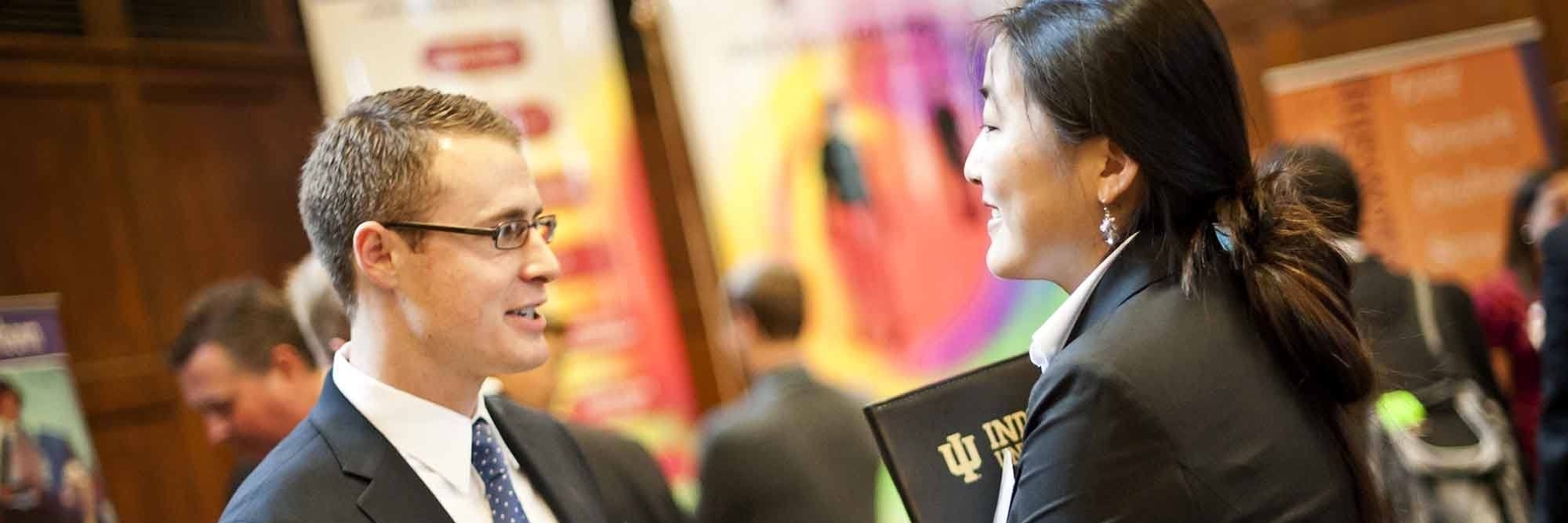“Without data you’re just another person with an opinion,” quipped W. Edwards Deming, the famous statistician who co-developed statistical process control and was often credited for the Japanese economic miracle of the 1950s. But data rarely speak for themselves. The power of data often lies in subtle patterns that are not easily detected by casual inspection. Furthermore, complex data sets often contain accidental patterns that can easily lead to erroneous conclusions. It is not easy to extract a functional brain network from an fMRI scan, nor is it easy to determine if the functional brain networks of cannabis users differ from the functional brain networks of nonusers. Doing so requires highly sophisticated statistical methodology.
Statistics is the science of drawing appropriate conclusions from data. Statistics emerged as a discipline nearly a century ago and has since developed theoretical principles and a wide variety of methods for drawing various types of conclusions from various types of data.
It is a mathematical discipline that often appeals to students who enjoy applying mathematics to real-world problems. Students who study statistics learn to think critically about data, about the experiments that produce data, and about the methods used to extract information from data. Our curriculum includes both applied courses, dedicated to practical methods for exploring and analyzing data, and theoretical courses, dedicated to the fundamental principles that underlie statistical methodology.
Indiana University has a long history of excellence in statistics, distributed across a variety of disciplines. The Department of Statistics was created in 2006, thereby creating a nexus for statistical activity on IU's Bloomington campus. Our growing department currently comprises eight core faculty and a large number of adjunct faculty. We offer B.S., M.S., and Ph.D. degree programs, and we administer the Indiana Statistical Consulting Center, which provides statistical support for research activity on IU's Bloomington and regional campuses.
The diverse nature of statistical science is reflected in the scholarly interests and activities of our faculty. Stanley Wasserman pioneered the development and use of statistical methods in network science and recently founded a new journal in that area. Chunfeng Huang recently received a research grant from the National Science Foundation to support his efforts to develop a new theory of spatial statistics that respects the geometry of spheres. The best way to learn about us is to browse the home pages of our faculty.
The department offers advanced courses that provide solid introductions to important methodologies, such as Applied Linear Models and Bayesian Theory & Data Analysis. They include both applied courses, dedicated to practical methods for exploring and analyzing data, and theoretical courses, dedicated to the fundamental principles that underlie statistical methodology. We encourage prospective students to contact our faculty to learn more about our graduate degrees as well as the courses we teach.
The Department of Statistics is currently housed on the first floor of Myles Brand Hall. The main office is room E104, located in the east wing of the building; please stop by and meet our faculty and staff!



